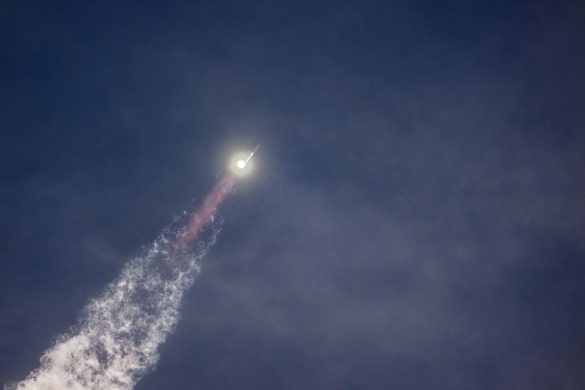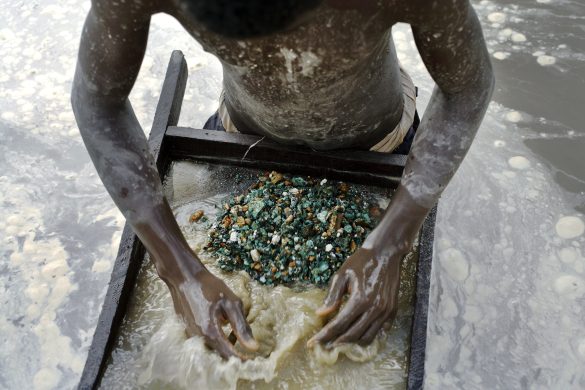ROME, 7 July 2016 (FAO): Global per capita fish consumption has risen to above 20 kilograms a year for the first time, thanks to stronger aquaculture supply and firm demand, record hauls for some key species and reduced wastage, according to a new FAO report published Thursday.
Global total capture fishery production in 2014 was 93.4 million tonnes, including output from inland waters, up slightly over the previous two years.
Alaska pollock was the top species, replacing anchoveta for the first time since 1998 and offering evidence that effective resource management practices have worked well.
There were around 4.6 million fishing vessels in the world in 2014, 90 percent of which are in Asia and Africa, and only 64,000 of which were 24 meters or longer, according to SOFIA.
Fisheries can be managed sustainably
Globally, fish provided 6.7 percent of all protein consumed by humans, as well as offering a rich source of long-chain omega-3 fatty acids, vitamins, calcium, zinc and iron. Some 57 million people were engaged in the primary fish production sectors, a third of them in aquaculture.
Fishery products accounted for one percent of all global merchandise trade in value terms, representing more than nine percent of total agricultural exports. Worldwide exports amounted to 148 billion US dollar in 2014, up from a mere eight billion in 1976.
Developing countries were the source of 80 billion dollar of fishery exports, providing higher net trade revenues than meat, tobacco, rice and sugar combined.
Aquaculture (kunstigt fiskeopdræt)
While China remains far the leading nation for aquaculture, it is expanding even faster elsewhere, the report notes. In Nigeria, aquaculture output is up almost 20-fold over the past two decades, and all of sub-Saharan Africa is not far behind.
The state of sustainability














